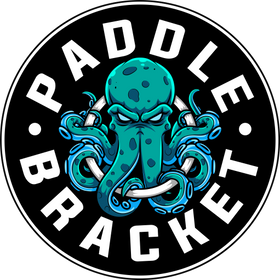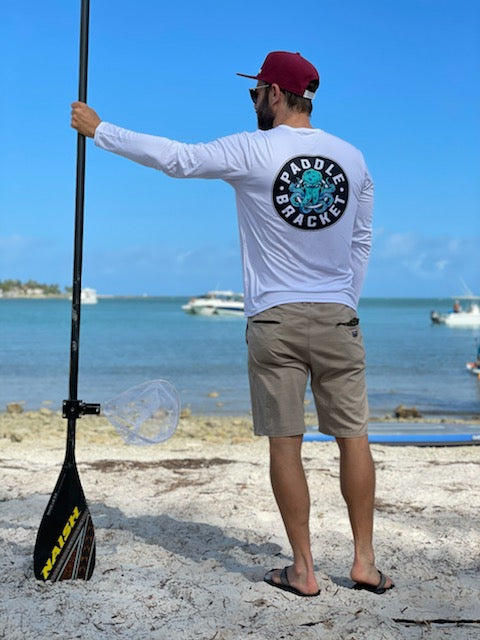5 TIPS FOR MASTERING THE BASICS: ESSENTIAL PADDLE BOARDING TECHNIQUES

Photo Credit: Thurso Surf
Stand-up paddle boarding (SUP) offers a unique blend of tranquility and physical activity. To make the most of your paddle boarding adventures, mastering the fundamental techniques is essential. In this blog post, I'll delve into the basic paddle boarding techniques that will help you maintain balance, paddle efficiently, and enjoy a safe and rewarding experience on the water.
-
Board Positioning and Stance: Setting the right board positioning and adopting a stable stance is crucial for maintaining balance and control. a. Begin by kneeling in the center of the board to establish stability. b. Gradually transition into a standing position by placing your feet shoulder-width apart, parallel to the stringer (the centerline) of the board. c. Bend your knees slightly to lower your center of gravity and maintain better stability. d. Point your toes forward and ensure your weight is evenly distributed on both feet.
-
Paddle Grip and Technique: Proper grip and paddle technique will allow you to propel yourself efficiently through the water. a. Hold the paddle with one hand on the top of the handle and the other hand slightly below, about two-thirds of the way down the shaft. b. Ensure your grip is firm but relaxed, allowing for fluid movement. c. Reach forward with the paddle, submerge the blade fully into the water, and pull it backward alongside the board. d. Engage your core muscles and rotate your torso as you paddle to generate power, rather than relying solely on your arms.
-
Forward Stroke: The forward stroke is the primary technique used for propelling yourself and maintaining momentum. a. Begin with the paddle fully submerged, ensuring the entire blade is in the water. b. Pull the paddle backward, using your core muscles to generate power. Keep the angle of the blade perpendicular to the water's surface. c. As you complete the stroke, lift the paddle out of the water and repeat the process on the other side of the board, alternating strokes to maintain a straight course. d. Focus on maintaining a smooth, rhythmic motion to maximize efficiency.
-
Reverse Stroke: The reverse stroke is useful for stopping, slowing down, or changing direction. a. Place the paddle behind you with the blade submerged in the water. b. Push the paddle away from the board, using your core muscles to generate power. c. As with the forward stroke, maintain a perpendicular blade angle and engage your torso for added strength. d. Lift the paddle out of the water and repeat the reverse stroke as necessary to achieve the desired outcome.
-
Turning: Mastering turning techniques will enhance your maneuverability and control on the water. a. To perform a forward stroke turn, paddle on one side with a sweeping stroke. The more exaggerated the stroke, the sharper the turn. b. For a back-paddle turn, use short, quick strokes on one side of the board while maintaining balance and stability. c. As you become more experienced, you can experiment with more advanced turning techniques like pivot turns or step-back turns.
By mastering the basic paddle boarding techniques outlined in this blog post, you'll develop a strong foundation for a rewarding and enjoyable paddle boarding experience. Remember to practice regularly, focus on maintaining balance and stability, and gradually build upon your skills. With time and dedication, you'll become a confident paddle boarder, ready to explore new horizons on the water.



Leave a comment